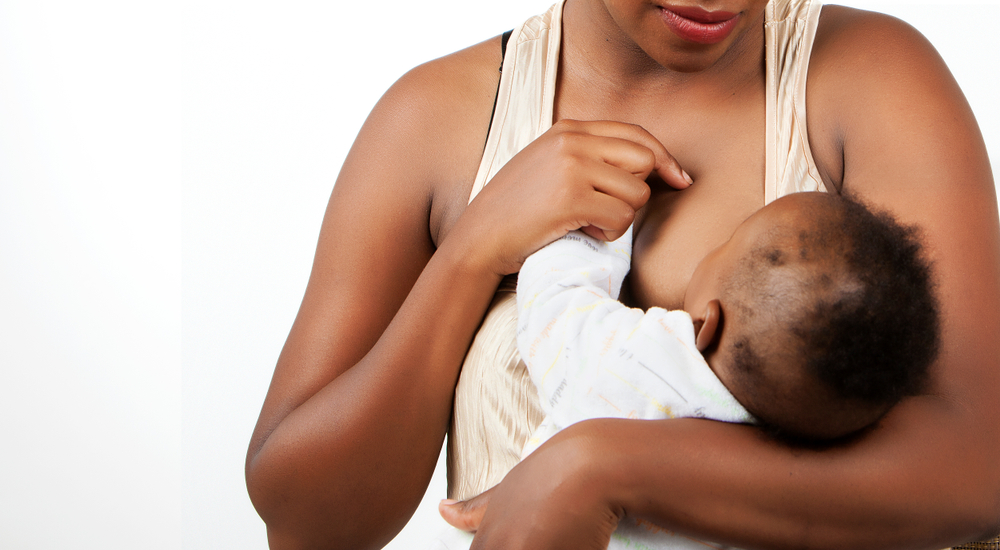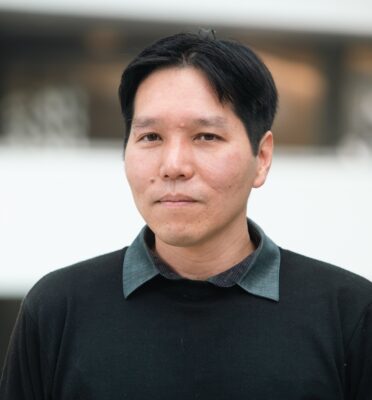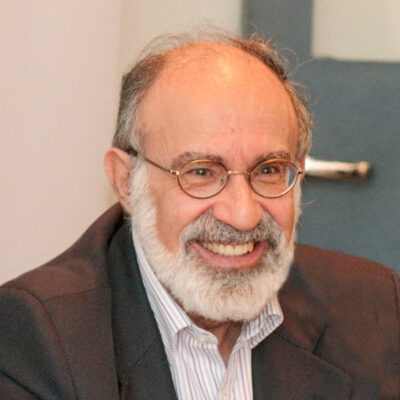 #Columns
#Columns
The surprising connection between breastfeeding and bone health
A hormone discovered by researchers at the University of California strengthens bones and protects breastfeeding mothers
 In addition to nourishing the baby, breastfeeding also triggers a hormonal symphony in the mother, with an unexpected conductor: CCN3, a hormone that helps maintain the strength of the mother's bones, potentially offering the key to future treatment options for osteoporosis | Image: Shutterstock
In addition to nourishing the baby, breastfeeding also triggers a hormonal symphony in the mother, with an unexpected conductor: CCN3, a hormone that helps maintain the strength of the mother's bones, potentially offering the key to future treatment options for osteoporosis | Image: Shutterstock
Breastfeeding our offspring is something we have done since before we even became human beings. Nothing could be more natural, despite the fact that after millions of years of evolution, there are now people who feel uncomfortable seeing a baby being breastfed in public.
But what I want to talk about here is a very interesting article that was published in the journal Nature on July 10. And I apologize for teatsplaining (a term I just coined for people who talk about other people’s ‘teats’ despite themselves never having breastfed).
Breastfeeding can be a real marathon for the mother. On top of the difficulty of establishing a good latch, the sleepless nights, the back and nipple pain, and the feeling that the milk is “not coming out,” the breastfeeding journey is also a hormonal rollercoaster.
From the oxytocin released during the act (which helps release the milk and strengthens the emotional bond between mother and baby) to other hormones and neurohormones (which affect several things in women: from milk production to bone structure and composition).
Parathyroid hormone (PTH) takes calcium from the mother’s bones and “transfers” it into the milk that feeds the baby. As a result, breastfeeding mothers lose up to 10% of their bone mass, which returns to normal after they stop breastfeeding.
Estrogen is associated with bone growth and maturation, but guess what? Estrogen levels drop significantly after giving birth. So if it isn’t estrogen, what is this holy hormone that protects the mother’s bones?
That was the big discovery of the week: a “new” hormone in the brain that strengthens bones and protects breastfeeding mothers.
Its name is CCN3 and it was discovered by a group led by American physiologist and professor Dr. Holly Ingraham of the University of California, together with other colleagues.
Although we are the only species that puts the milk of another species in a carton and then mixes it into coffee and drinks it, we are not the only one that breastfeeds.
In fact, this is one of the defining characteristics of the group of (mostly but not all) cute and furry animals known as mammals. Since mice are also mammals, Dr. Ingraham’s group used the rodents to make their discoveries.
Experiments
To ensure that estrogen was not involved, the researchers used mutant mice whose estrogen receptors had been deleted from specific neurons in the hypothalamus. These neurons regulate bone strength and mass in females, but not in males.
To understand whether the effect is caused by a factor circulating in the blood, the authors conducted parabiotic experiments that combined the blood circulation of a control mouse with a mutant mouse.
The results showed that the control mice also developed greater bone mass, confirming the existence of a circulating factor.
The scientists then investigated the role of skeletal stem cells (which play an important role in bone formation) in the process.
They transplanted stem cells from control mice to mutant mice and vice versa, and noticed that when transplanted into mutant mice, stem cells from control mice also had a greater capacity to form bone.
To identify the circulating factor responsible for this effect, the researchers used RNA sequencing and other molecular techniques.
They found that CCN3, produced by specific KISS1 neurons, was primarily responsible for the increase in bone mass, since CCN3 expression increased significantly in female mice during lactation.
To confirm the importance of CCN3, the group performed experiments in which they lowered expression of the hormone in the KISS1 neurons of lactating female mice, which resulted in bone loss and breastfeeding difficulties, especially when fed a low-calcium diet.
To complete the groundbreaking study, the researchers injected CCN3 into mice to investigate the hormone’s potential as a therapy for increasing bone mass.
They observed a significant increase in bone formation in both males and females, in addition to accelerated bone fracture recovery in elderly mice.
The study showed that in addition to nourishing the baby, breastfeeding also triggers a hormonal symphony in the mother, with an unexpected conductor: CCN3, a hormone that helps maintain the strength of the mother’s bones, potentially offering the key to future treatment options for osteoporosis.
Who would have thought that even when it comes to bone formation, our mothers would have the answer?

Helder Nakaya is an immunologist and senior researcher at Hospital Israelita Albert Einstein.
*
This article may be republished online under the CC-BY-NC-ND Creative Commons license.
The text must not be edited and the author(s) and source (Science Arena) must be credited.





